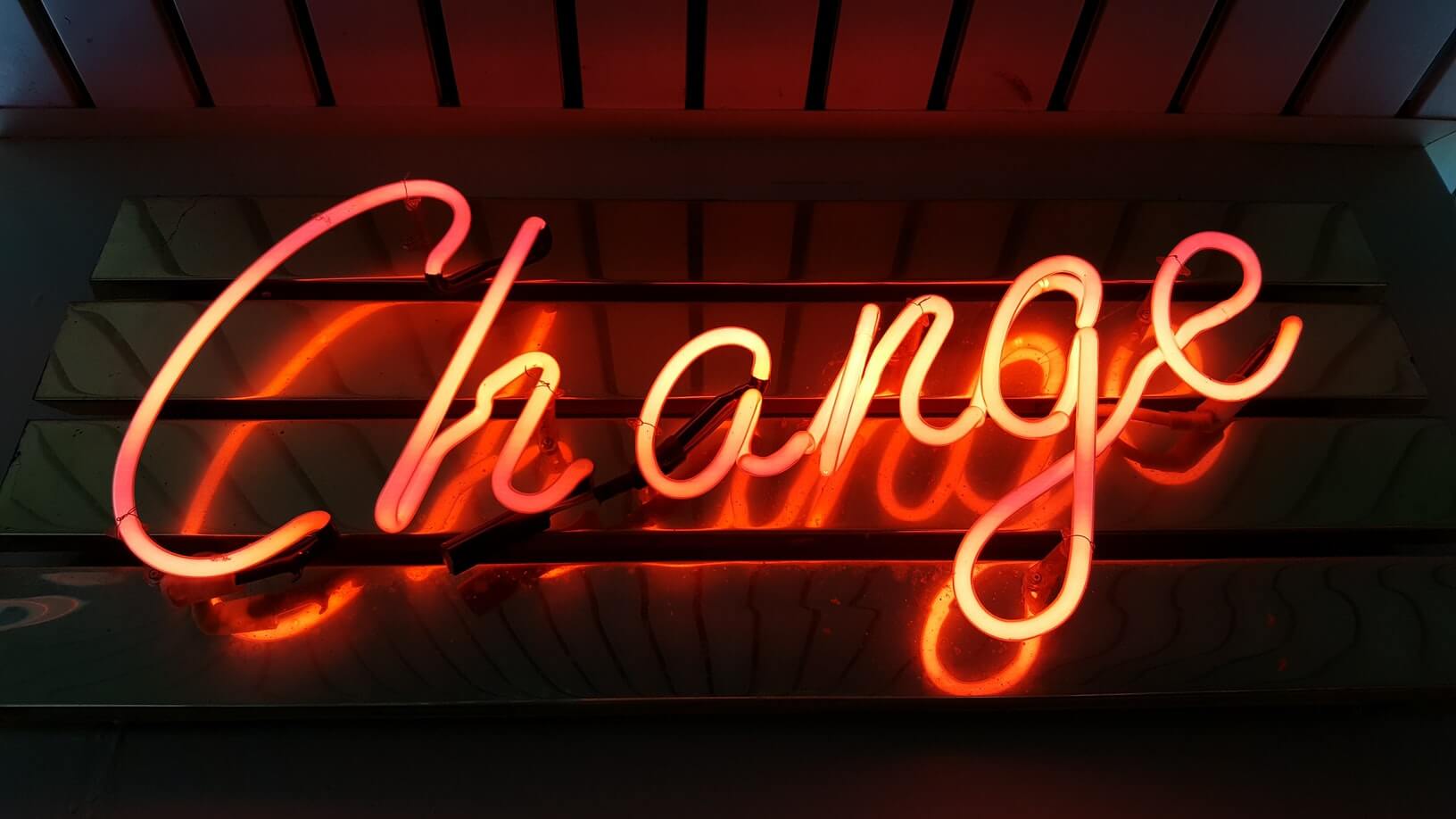Much like making a batch of pancakes, most first attempts aren't as good as the ones to follow. In fact, we’re big advocates of multiple drafts and taking time to perfect your work. The same principles can be applied to customer success; with each interaction, you’re closer to better understanding your customer base, and honing a stronger customer success strategy.
For any customer success team in its early stages, a trusty, well-oiled customer onboarding process is something you’ll inevitably iron out in time; no one’s expecting you to get it right straight away. That being said, when it comes to onboarding a new customer, you don’t have that much leeway for making mistakes. In this crucial stage, first impressions most certainly do count.
In this article, we're going to delve into:
- Why product adoption should be a company-wide initiative
- How customer success teams can enhance user confidence and product adoption
- What tips our Ones to Watch in 2022 have to offer
Shall we get started?
Product adoption should be a company-wide initiative
Whilst CS plays a critical role in the overall success of a product, there are a number of contributing factors – and departments – that play a supporting role in product adoption and engagement. The focus here is deliverability. An under-confident user with next-to-no support can cause serious damage to your engagement rate. If left untreated, this low engagement can deteriorate further and cause customer churn. However, these issues aren’t isolated to customer success teams.
It’s down to your product development team to design a functional, vetted, industry-leading product or service. Further down the sales funnel, the onus is on marketing to advertise – and sales to sell – this product in a truthful way that aligns customer expectations with the reality of the product.
If a product’s missing key features or the user experience is poor, that can lead to a low product adoption rate and subpar engagement. Likewise, if a customer has been promised ‘X, Y, and Z’ and in reality, these points aren’t actionable, then this too can cause low adoption and engagement. A simple way to get around this? Ensure your company advocates cross-departmental collaboration.
Assuming everything in the product back-end is kosher, then getting the customers to feel at ease with your product falls at the feet of the customer success team.
How can customer success teams enhance user confidence and product engagement?
In the world of customer success, this is the million-dollar question. Familiarizing the customer with your product is at the heart of customer onboarding. Did you know that two-thirds of consumers leave companies because of poor customer service? That’s a pretty scary statistic, but it goes to show just how important clear, supportive communication is during the post-conversion stage.
Whether you’re a Customer Success Manager, VP of Customer Success, or even Head of Customer Success, it’ll be your prerogative to support the customers’ product induction to set them up for future success with it. The aim is to demonstrate value with the product, and explain how it can be used to alleviate their previous pain points. That being said, there’s a careful balance between providing resources and support, and overwhelming the customer with information. No one wants to be bombarded with excessive ‘how-to’s; in some cases, this can make the product seem more complicated than it is!
Back in 2021, we drew up our definitive list of CS practitioners who we’re keeping our eye on in 2022. Based on their enthusiasm, contributions, and willingness to aid others in the growing CS community, we created the Ones to Watch in 2022. This report celebrates the rising talent and exceptional commitment to elevating the CS function.
Keen to gain their insights into the world of onboarding, we put the following question to our CS experts:
Do you have any tips for accelerating production adoption and driving user confidence during the onboarding stage?
Arun Kumar, Head of Renewals & Customer Success at NetApp
“We should always ensure we agree with customers on success metrics as early as possible to ensure we can measure the progress and proactively monitor it for any red flags or growth opportunities. Clearly defined success metrics avoid confusion and provide a consistent benchmark where the customer has an equal say.”
Bryant McCombs, Manager of Customer Success at MongoDB
“Make sure your onboarding content is relevant to what the customer is trying to accomplish. Boilerplate onboardings are less effective and can be viewed as a waste of time by our customers.
“It’s also important to set up actionable next steps throughout and at the completion of your onboarding that is tied to adoption. This gives you an opportunity to validate your customer's interest in certain features and functionalities to provide momentum for follow-up discussions.”
Brian Nicholls, VP of Customer Success at UserIQ
“In my experience, the more straightforward you can make onboarding, the better. Don’t try to teach every component of your product to your customer in the first 90 days. Pick two to three outcomes they want, achieve those at 110%, then move to your next features.”
Ryan Noakes, Customer Success Manager at SAI360
“Get to know the customer at a really deep level. Understand who they are, their challenges, and their goals. Understand the industry and start to build up best practices and examples of other configurations/ deployments. Being a resource for any 'how-to' questions they have is really key as part of that onboarding phase. Customers need to have a strong relationship and trust with their CSMs and what better way than to really understand them.
“For me, increasing product adoption needs to happen naturally and cannot be forced. Go at it with honesty – from a place of genuinely wanting to help them. As part of the regular conversation you have with your customers, discussions like these will come up naturally.
“As you advise, you’ll notice if you need to deploy extra modules or not, and you should see an increase in adoption. Customers increasing their usage of an application will happen over time if they have an allocated CSM. It’s up to the CSM to have open, unscripted conversations that are tailored to them as a customer, their business, and their industry.”
Michelle Wideman, Chief Customer Officer at Onna
“The pre-sales to post-sales transition is so important to drive confidence during the onboarding stage. During onboarding, you present what you've learned about the customer in the pre-sales cycle – their pain points and overall goals. This is your understanding of why the customer bought now and the business outcomes you are trying to achieve.
“We're going to ensure we work towards the success of that user case, by outlining how we're going to do achieve this success, as well as understanding the customer’s long-term goals, setting the stage for long-term success.
“As for accelerating product adoption, being proactive and having the ability to track and trigger usage metrics by milestones or timelines is a huge way to be more proactive with customers and ensure user adoption.”
To wrap up
It’s clear that accelerating adoption is something that has to happen organically – you can’t force the customer’s hand, or they’ll be put off. In some ways, a successful customer onboarding strategy follows the guidelines of the domino effect; if the customer feels confident with your product, they’re more likely to want to continue using it.
As frustrating as it might seem, there isn’t a clear-cut, ‘one-size-fits-all’ life hack when it comes to adoption and engagement. It’s very much a trial and error, and dependent on what the individual customer needs from your product.
To reflect on the compelling insights of our Ones to Watch practitioners, it seems like implementing trackable milestones to measure is highly advocated, along with keeping your onboarding process as straightforward as possible. Overwhelming customers with extraneous steps only complicates what should be an enjoyable process.
Every case is different, but if you apply clear, well-defined metrics to your customer’s onboarding process, married with an empathetic and proactive approach, your customers will be far more likely to want to continue using your product.
If you enjoyed this article, why not become a member and gain access to exclusive articles, video footage, and templates to enhance your CS career. 📩
Or, if it's a dose of onboarding chatter you're after, head on over to our community on Slack where you'll certainly find a healthy debate or two! 🗣
A whole playbook dedicated to customer onboarding?
This playbook will be your new best friend if you want to know:
⛵ What customer onboarding actually is
🔥 The steps to take before the prospect converts
💰 How and when to identify revenue opportunities
🧠 The best way to reflect on your process and measure success
So if you don’t want your customers becoming disengaged and unsubscribing, download your free copy of our playbook and discover how to onboard your customers properly.
After all, you wanna make sure they realize the full value of your product, right?



 Follow us on LinkedIn
Follow us on LinkedIn





